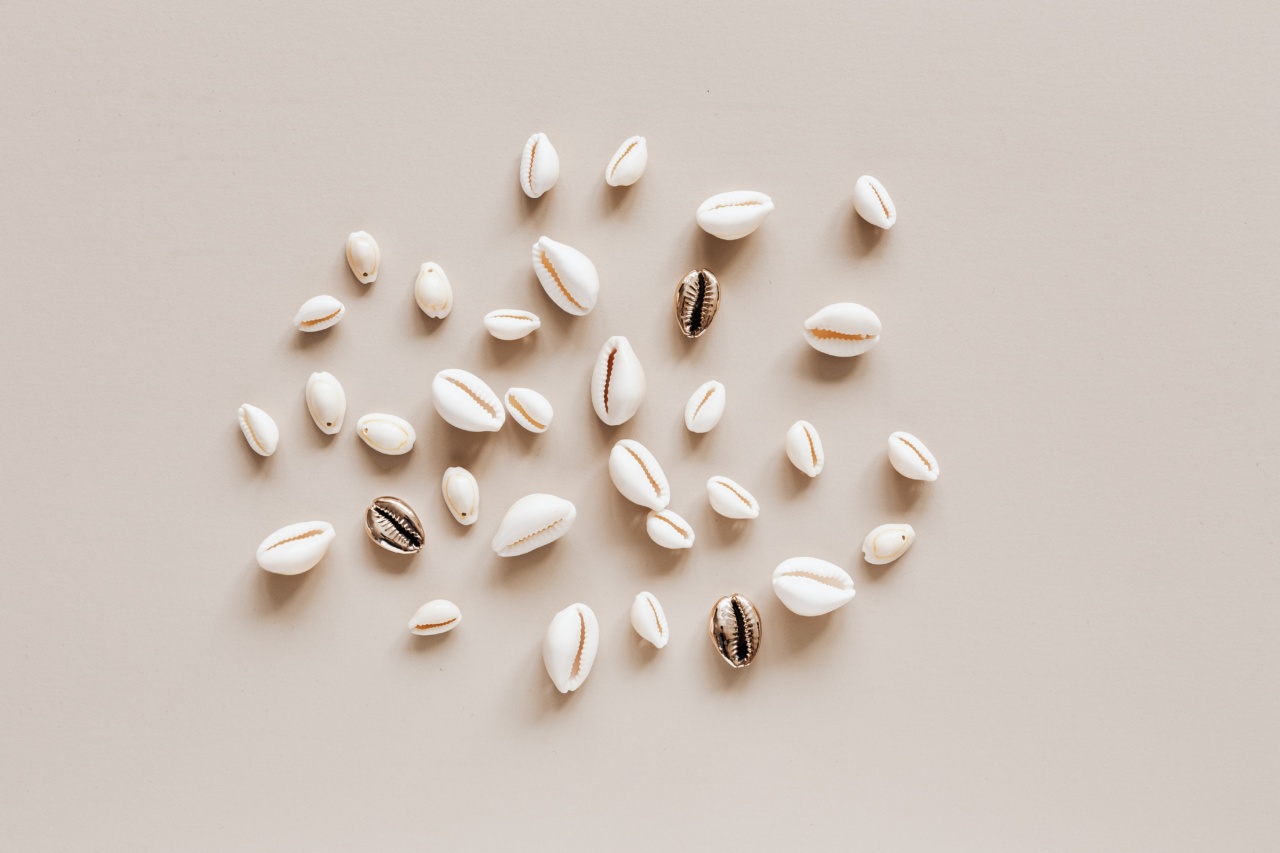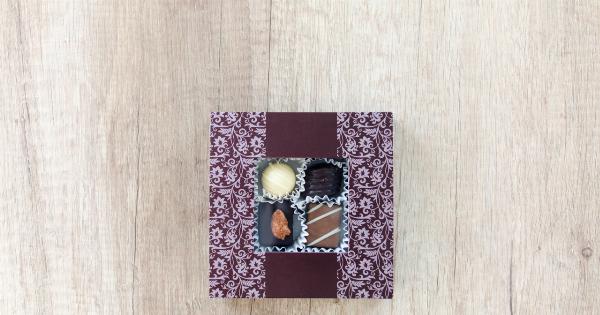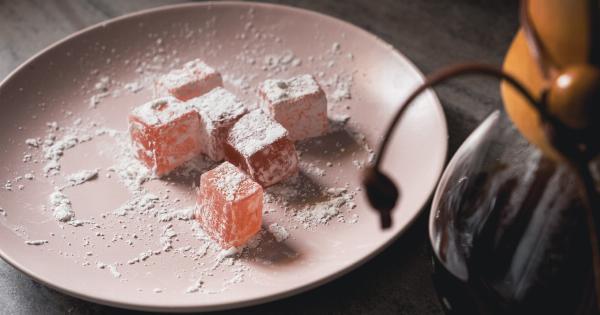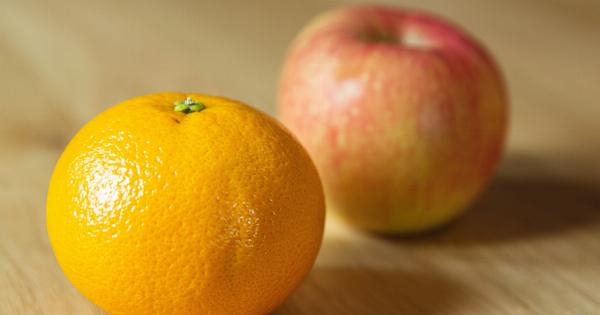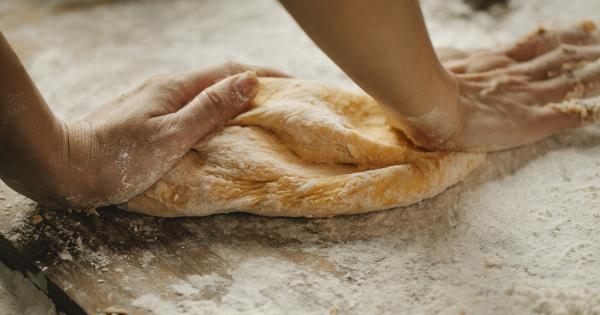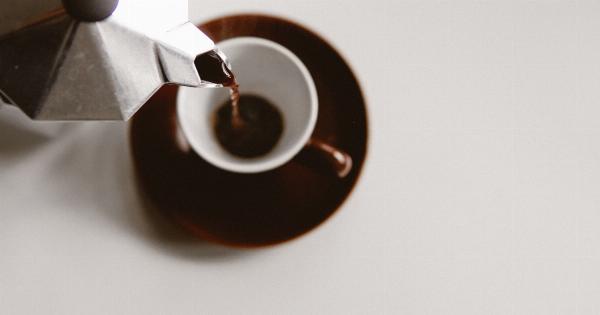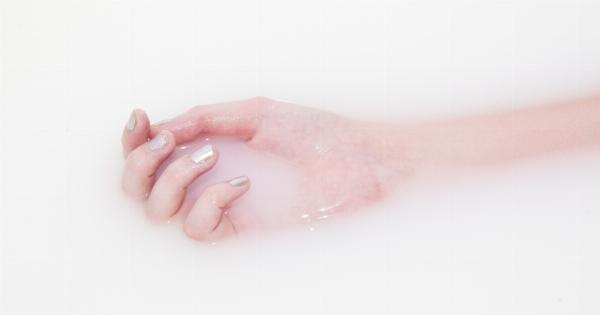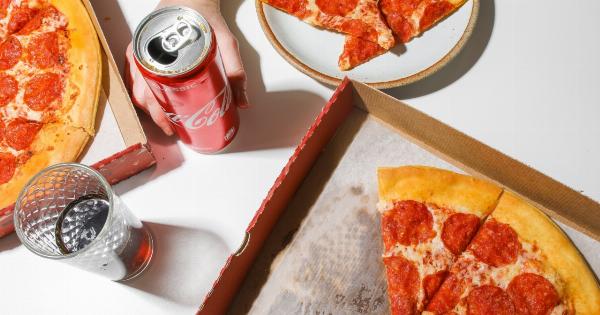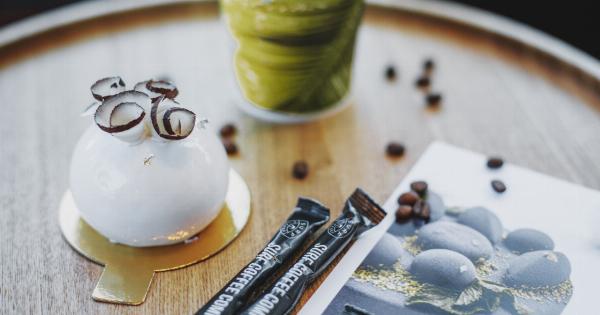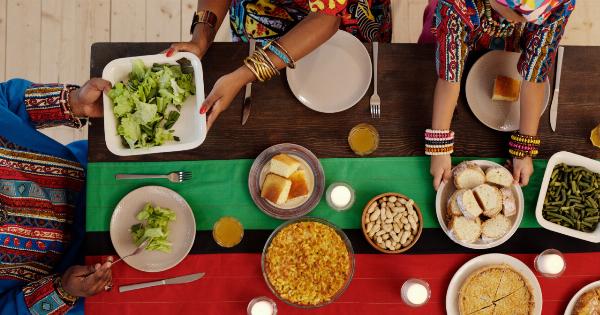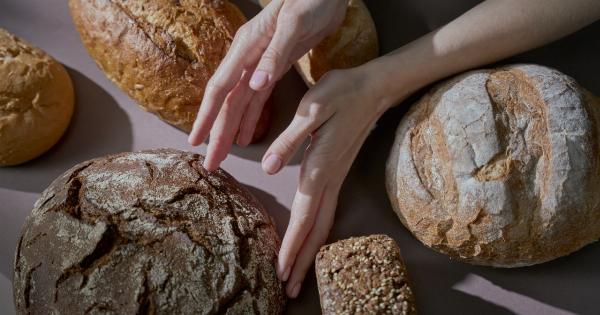Sugar is one of the most commonly used ingredients in baking and cooking. It is an essential ingredient for making cakes, cookies, and even savory dishes. Sugar comes in many different forms, each with its unique properties and uses.
Among these different types, white and brown sugar are the most popular ones. They are both used for sweetening recipes, but how are they different?.
What is White Sugar?
White sugar is the most commonly used type of sugar. It is made from either sugarcane or sugar beets, which are both processed to extract the juice. The juice is then boiled and clarified to remove impurities.
The resulting syrup is then crystallized, dried, and milled to produce the white granules we know as sugar.
White sugar is highly refined, which means that it does not contain any minerals, vitamins, or other nutrients. It is also known as refined sugar because it has been processed to remove the molasses and other impurities found in raw sugar.
The refining process gives white sugar a shiny appearance and a uniform texture, making it ideal for decorating cakes and other baked goods.
What is Brown Sugar?
Brown sugar is a type of sugar that is either partially or fully unrefined. It is made from white sugar with the addition of molasses, a thick, dark syrup that is rich in flavor and nutrients.
Brown sugar is available in two forms: light brown and dark brown. Light brown sugar contains about 3.5% molasses, while dark brown sugar contains about 6.5% molasses.
Brown sugar has a moist texture and a slightly sticky feel due to its molasses content. It has a caramel-like flavor and is often used to add depth and richness to baked goods, such as cakes, cookies, and pies.
Brown sugar is also used in savory dishes, such as barbecue sauces and baked beans, to add a sweet and smoky flavor.
What are the Differences Between White and Brown Sugar?
The main differences between white and brown sugar are their color, texture, and flavor.
Color
White sugar is pure white in color, while brown sugar ranges from light to dark brown.
Texture
White sugar has a uniform, fine texture, while brown sugar has a moist and slightly sticky texture.
Flavor
White sugar has a neutral, sweet flavor, while brown sugar has a caramel-like flavor due to its molasses content.
Which is Better for Baking?
Both white and brown sugar have their uses in baking, and which one to use depends on the recipe and personal preference.
White sugar is ideal for recipes that require a smooth texture and a uniform appearance, such as meringues or shortbread cookies. It is also the best choice for decorating cakes, as it produces a bright and shiny finish.
Brown sugar, on the other hand, is perfect for recipes that require a rich, deep flavor, such as gingerbread or chocolate cake. Its molasses content adds a distinct flavor that cannot be replicated by white sugar.
Brown sugar is also a great choice for recipes that require a chewy texture, such as oatmeal cookies or brownies.
Which is Healthier?
When it comes to nutrition, brown sugar is often considered a healthier option than white sugar.
This is because brown sugar contains small amounts of minerals such as calcium, potassium, iron, and magnesium that are lost during the refining process of white sugar.
However, the difference in nutrient content is small, and the amount of sugar consumed in a typical serving is much higher than the amount of the nutrients found in brown sugar.
Therefore, both white and brown sugar should be consumed in moderation as part of a healthy diet.
Conclusion
White and brown sugar are both commonly used types of sugar that have their unique properties and uses. White sugar is highly refined, has a uniform texture, and neutral flavor.
Brown sugar, on the other hand, is partially or fully unrefined, has a moist texture, and a caramel-like flavor due to its molasses content. Both sugars have their place in baking and cooking and should be consumed in moderation.
